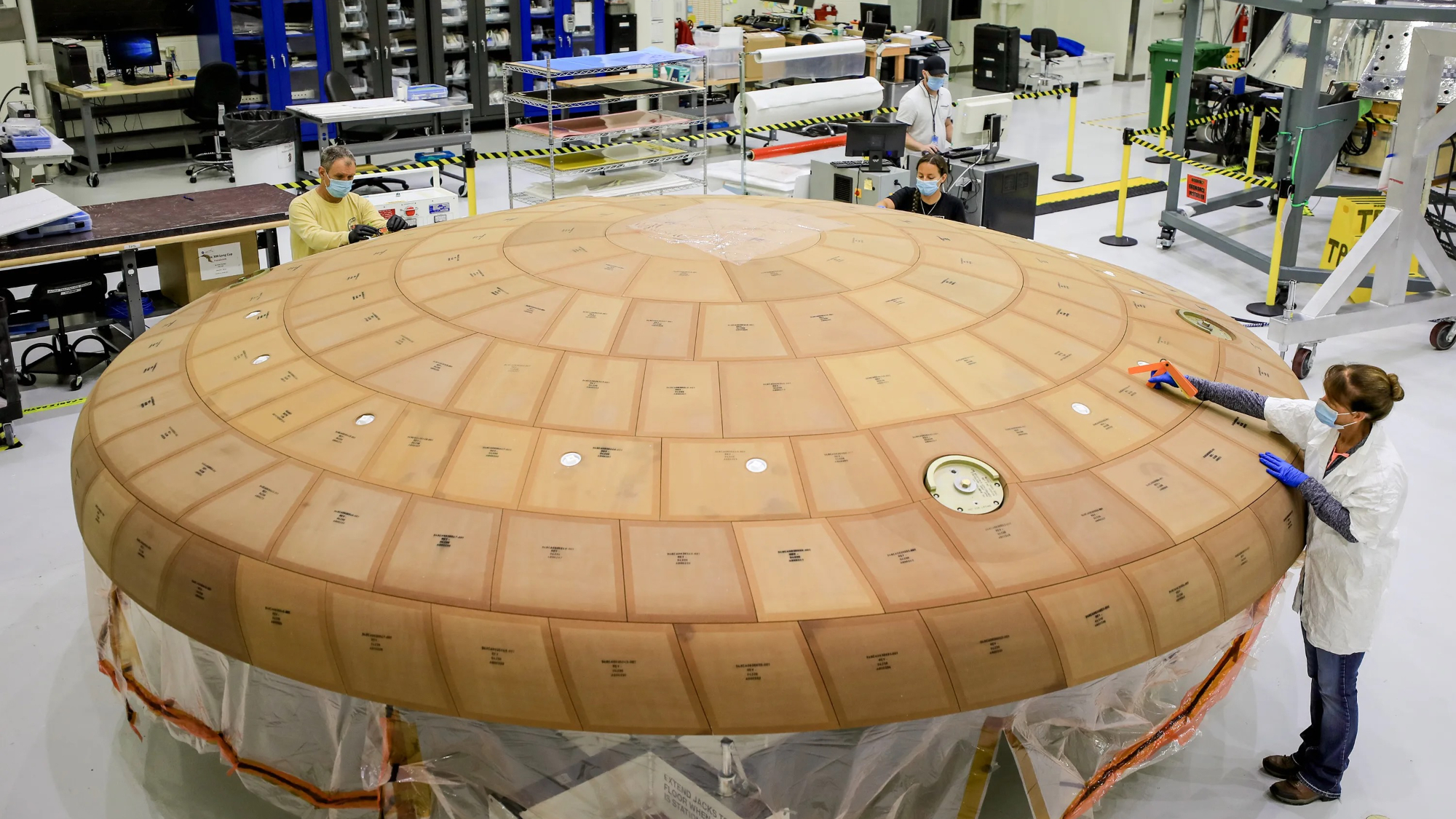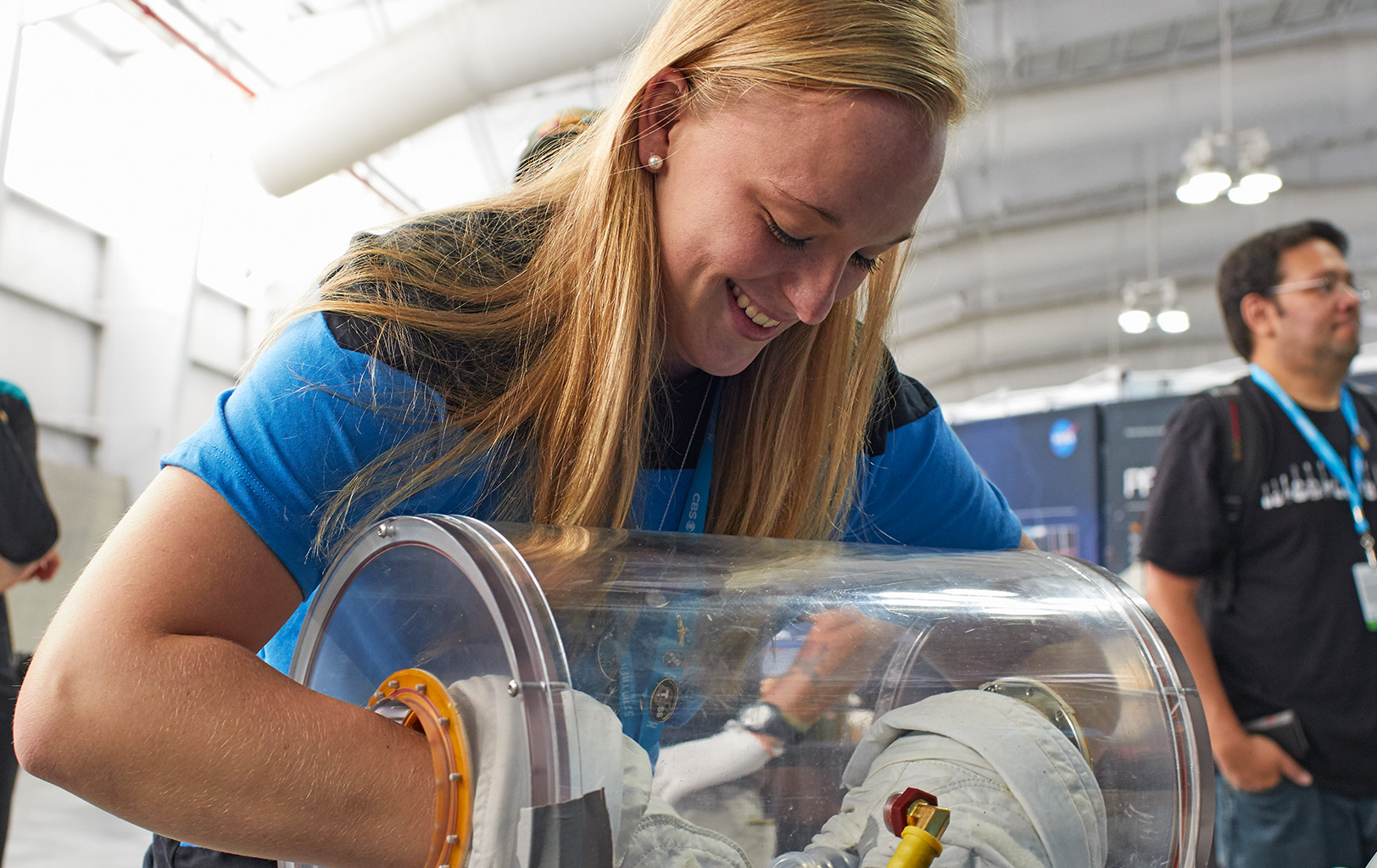How do you keep reusable spacecraft cool during reentry? Make them 'sweat'
University researchers are developing some innovative heat-shield tech.

An innovative approach for fully reusable spacecraft suggests making them "sweat" to survive the scorching heat during reentry to Earth's atmosphere, allowing them to land ready for another flight.
A research team from Texas A&M University has partnered with Canopy Aerospace to develop and test a 3D-printed material that releases or "sweats" a coolant gas to protect spacecraft from the intense heat encountered when travelling back to Earth at high speeds.
This innovative design uses a method called transpiration cooling, whereby a layer of gas is released along the vehicle's surface that not only cools the spacecraft but also acts as a barrier preventing direct contact with heat generated by friction and compression of atmospheric gases during reentry.

Using gas as an insulator for spacecraft could replace traditional, single-use heat shields that burn away or the heat-resistant ceramic tiles that need to be replaced between flights, making spacecraft more fully and rapidly reusable, according to a statement from Texas A&M University.
"Gas has a very low thermal conductivity," Hassan Saad Ifti, assistant professor of aerospace engineering, said in the statement. "This is why a puffer jacket is so effective. It traps air in these pockets, so it is the insulation from the air keeping you warm, not the solid part of the jacket."
The new material — a 3D-printed silicon carbide developed by Canopy Aerospace — is designed to be strong enough to withstand extreme atmospheric pressures, yet porous enough for the coolant to sweat through. Prototypes are being tested at the university to evaluate the material's ability to "sweat" and how well the gas that is released insulates a spacecraft.
"We should see that the material's surface is cooler at hypersonic speeds when the coolant flow is introduced than the baseline when no coolant is present," William Matthews, a fourth-year Ph.D. student who is leading the testing, said in the statement. "Depending on how well the gas permeates the material, there are a lot of potential outcomes for this technology, and these tests should help us decide which direction we want to go."
Breaking space news, the latest updates on rocket launches, skywatching events and more!
This research is part of a $1.7 million Air Force Small Business Technology Transfer grant.

Samantha Mathewson joined Space.com as an intern in the summer of 2016. She received a B.A. in Journalism and Environmental Science at the University of New Haven, in Connecticut. Previously, her work has been published in Nature World News. When not writing or reading about science, Samantha enjoys traveling to new places and taking photos! You can follow her on Twitter @Sam_Ashley13.
You must confirm your public display name before commenting
Please logout and then login again, you will then be prompted to enter your display name.
